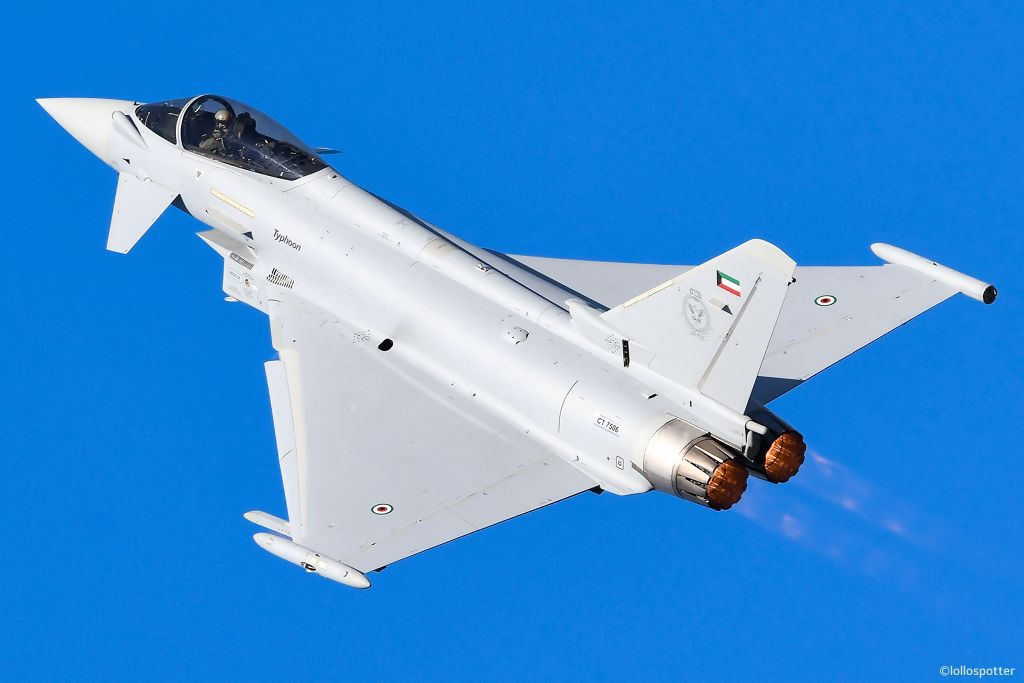The New Frontiers in Naval Technology: US Navy’s Contract with Textron Systems
In a significant boost to its capabilities in mine countermeasures, the US Navy has awarded Textron Systems a contract potentially worth up to $100 million. This deal focuses on software updates and the integration of new payloads for the Mine Countermeasures Unmanned Surface Vehicle (MCM USV). Over the next three years, Textron Systems will work alongside the US Naval Sea Systems Command to enhance the software architecture of the MCM USV, ensuring it remains at the forefront of maritime technology.
Tailored Solutions for Modern Naval Challenges
The contract encompasses not just routine maintenance, but also the incorporation of cutting-edge mission systems. This forward-thinking approach aims to address emerging threats on the naval battlefield. One of the exciting systems under consideration is the Magnetic and Acoustic Generation Next Unmanned Superconducting Sweep system (MAGNUSS). This advanced technology, along with other innovative mine neutralization payloads, signifies a step forward in the Navy’s operational capabilities.
Moreover, the agreement includes provisions for testing and demonstration work that could lead to additional mission systems, such as those focused on surface warfare, anti-submarine warfare, and intelligence, surveillance, and reconnaissance (ISR). This holistic perspective highlights the Navy’s commitment to multifaceted solutions in an increasingly complex operational environment.
Understanding the MCM USV
The MCM USV is designed to operate efficiently in diverse maritime conditions. It boasts a diesel-powered, semi-autonomous design with an aluminum hull, making it lightweight yet robust. This vessel is engineered for extended missions and is equipped to detect, classify, and locate underwater mines, a critical capability for safe naval operations.
The core systems embedded in the MCM USV—such as propulsion, power generation, radar, navigation, and communications—allow it to perform effectively in a variety of scenarios. Notably, it can be deployed and retrieved from both surface ships and shore, offering versatility in operations. The integration of modular payloads adds further flexibility, enabling the MCM USV to adapt to different mission requirements.
Equipped with advanced sonar systems and cameras, this vessel can precisely identify not just floating mines, but also those that are anchored to the seabed. This capability is vital for ensuring safe navigation and operational integrity for naval forces.
Textron Systems: Pioneering Maritime Advancements
Textron Systems has consistently been at the forefront of developing advanced technologies for maritime operations. Their focus on unmanned vessels and innovative payloads is reshaping how naval forces approach mine countermeasures and other maritime challenges.
Earlier this year, Textron introduced the “Tsunami” series of autonomous surface vessels, designed specifically for a range of unmanned missions. This expansion of capabilities reflects Textron’s vision for the future of maritime operations, integrating technology that enhances operational effectiveness while reducing risk to personnel.
Furthermore, in 2024, Textron secured another noteworthy contract from the US Navy valued at up to $106 million for Mine Sweeping Payload Delivery Systems. This contract not only encompasses spare parts but also encompasses engineering services aimed at supporting mine-sweeping and mine-hunting operations, underscoring Textron’s pivotal role in enhancing the Navy’s operational readiness.
Conclusion
The collaboration between Textron Systems and the US Navy exemplifies the ongoing evolution of naval warfare in the modern age, where technology increasingly drives tactical advantage. By investing in next-generation unmanned systems and innovative mission capabilities, the Navy is positioning itself to meet future challenges head-on, ensuring that it stays ahead in an ever-changing maritime environment.





